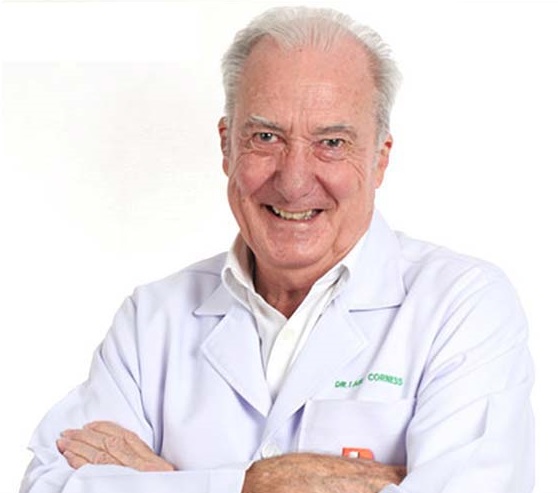

The word “cancer” strikes fear into the majority of people. Social media thrives on it with people urged to “share” and put on their “wall” whilst snake oil purveyors make money by selling “cures” (and that includes herbals).
Right from the outset let me tell you there is no single “cure” for cancer, and there never will be. The simple reason for this is the fact that “cancer” is not a single entity. It comes in many forms.
Another reason is the fact that your reaction to ‘carcinogens’ (cancer producing substances) is not necessarily the same as the reaction of the person sitting next to you. Individual differences do exist, and may even be inherited (genetic) influences.
So what is a carcinogen? Cancer is caused by abnormalities in a cell’s DNA (its genetic blueprint). Abnormalities may be inherited, or they may be caused by exposures to the body such as chemicals, radiation, or even infectious agents including viruses. Some carcinogens do not act on DNA directly, but cause cancer in other ways, such as causing cells to divide at a faster rate.
Substances classified as carcinogens may have different levels of cancer-causing potential. Some may cause cancer only after prolonged, high levels of exposure (remember the words of Paracelsus (1493-1551): “Dosage alone determines poisoning”).
So just how do we classify any compound as being a carcinogen? With difficulty, is the simple answer. The researchers get much of their data about whether or not something might be carcinogenic from laboratory (cell culture and animal) studies. However, you have also to remember that Man is not a Large Rat (even though certain young ladies might attest differently). It is not possible, on animal studies alone, to pin the carcinogen rap on any particular compound. It does however, give us an indication. Although it isn’t possible to predict with absolute certainty which substances will be carcinogenic to humans based on animal studies alone, virtually all known human carcinogens that have been adequately tested in lab animals produce cancer in these animals.
Another problem comes from the fact that most studies of potential carcinogens in lab animals expose the animals to doses that are far higher than common human exposures. For most carcinogens, it is assumed that those that cause cancer at larger doses in animals will also cause cancer in people. This produces the concept, in some quarters, that it is reasonable for public health purposes to assume that lowering human exposure will reduce risk. Understandable logic, but far from absolute, I’m afraid.
Another way to identify carcinogens is through epidemiologic studies, which look at the factors that might affect the occurrence of cancer in human populations. You cannot look at isolated cases and gain worthwhile information from them. While large studies also provide useful information, they also have their limitations. Humans do not live in a controlled environment. People are exposed to numerous substances at any one time, including those they encounter at work, school, or home; in the food they eat; and the air they breathe. And it is usually many years (often decades) between exposure to a carcinogen and the development of cancer. Therefore, it can be very difficult to single out any particular exposure as having a definite cancer link.
The most widely used system for classifying carcinogens comes from the International Agency for Research on Cancer (IARC), which is part of the World Health Organization (WHO). The IARC has evaluated the cancer-causing potential of about 900 likely candidates in the last 30 years, placing them into one of the following groups:
Group 1: Carcinogenic to humans
Group 2A: Probably carcinogenic to humans
Group 2B: Possibly carcinogenic to humans
Group 3: Unclassifiable as to carcinogenicity in humans
Group 4: Probably not carcinogenic to humans
There are around 90 carcinogens in Group 1, with most being referred to by long chemical names such as 1-(2-Chloroethyl)-3-(4-methylcyclohexyl)-1-nitrosourea (Methyl-CCNU), however, there are ones you will recognize like solar radiation, alcoholic beverages, analgesic mixtures containing phenacetin, salted fish (Chinese-style) and tobacco smoke.
Now, is Big Pharma suppressing a “cure”? Categorically, it is not. If it had one there would be a queue of cancer sufferers from here to the North Pole and back again.
 |
 |
 |





